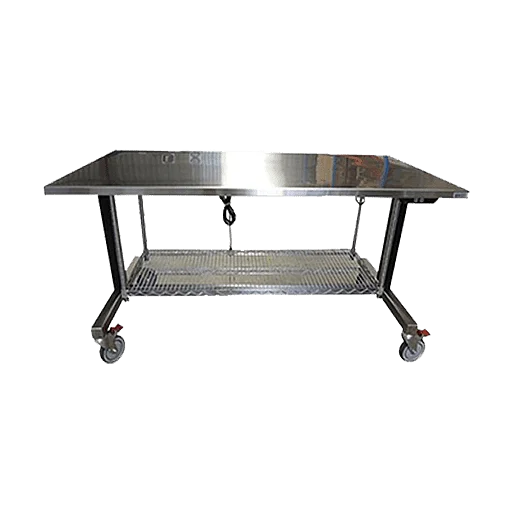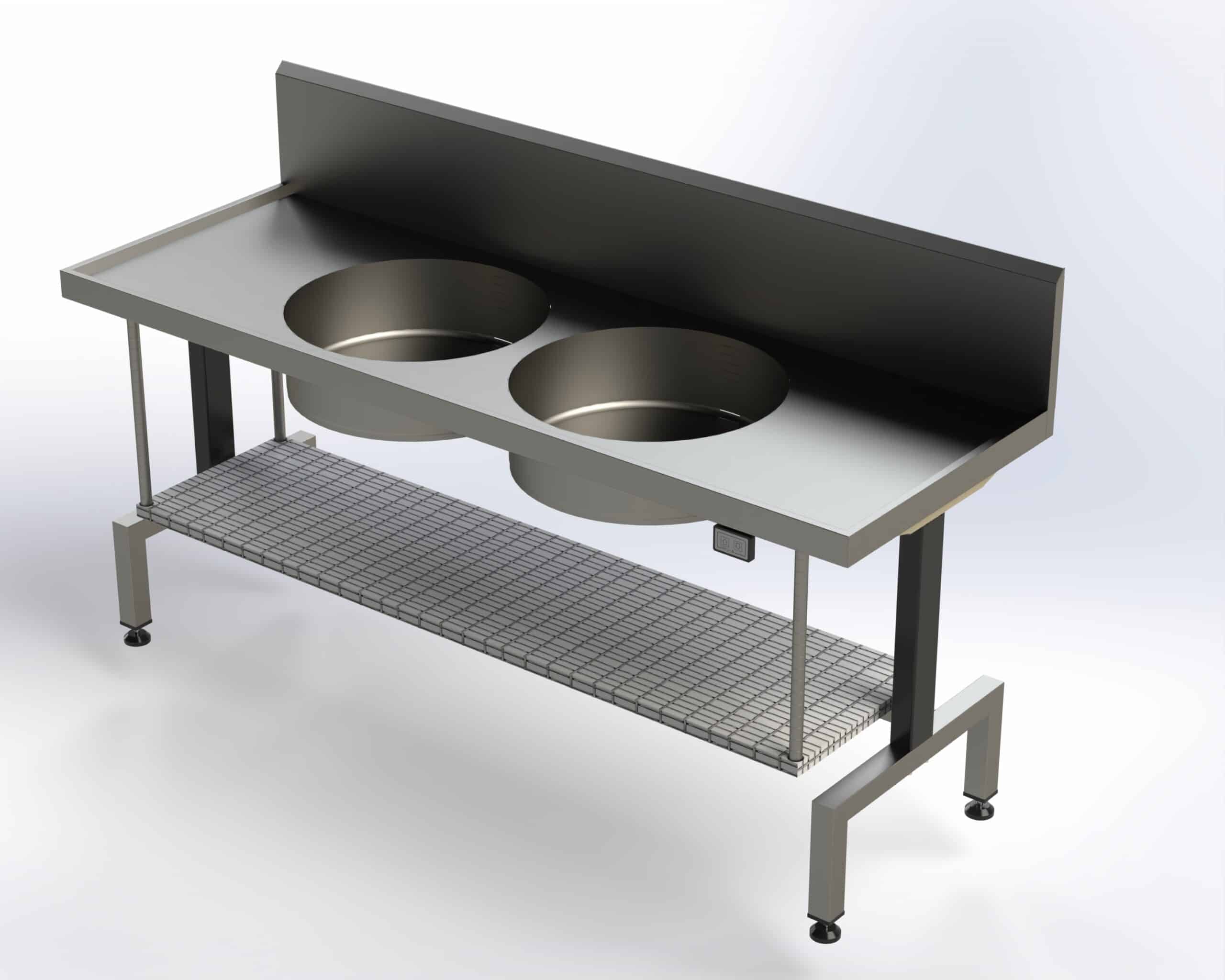Do you often feel exhausted and sore after a long shift, unsure if you’re using proper techniques to manage your tasks? Many healthcare workers face similar challenges, leading to frequent injuries and long-term health concerns. Understanding and implementing proper ergonomics can significantly improve your safety and well-being.
In this article, you will learn essential ergonomic techniques, discover useful equipment, and find strategies to integrate ergonomics into your daily routine. By the end, you’ll be equipped with practical tips to protect your health and perform your job more efficiently.
The most common ergonomic issues faced by healthcare workers include:
Working in awkward or uncomfortable positions for extended periods, such as bending, reaching, or twisting. This leads to strain on muscles and joints, contributing to musculoskeletal disorders (MSDs) like back pain, neck pain, and shoulder pain.
Performing repetitive movements such as lifting and transferring patients, typing on keyboards, or using medical equipment. These repetitive motions can cause muscle fatigue and strain, leading to MSDs like tendinitis and carpal tunnel syndrome.
Exerting significant force when performing tasks such as lifting or repositioning patients, which can lead to injuries and MSDs.
Maintaining the same posture for prolonged periods, such as standing for long hours during surgeries or procedures, which can cause muscle fatigue and discomfort.
Using poorly designed or ill-fitting equipment, such as improperly adjusted workstations or medical devices, which can contribute to awkward postures and increased physical strain.
By addressing these common ergonomic issues through proper workplace design, equipment adjustments, and training on body mechanics, healthcare facilities can help prevent musculoskeletal disorders and injuries among their workers.
Here’s an overview of some helpful ergonomic products for healthcare workers.



These tables can be adjusted to an optimal height, reducing the need for bending or reaching. They are perfect for tasks requiring precision and stability.
These stations help maintain ergonomic postures by allowing workers to adjust the height according to their comfort.
These sinks can be adjusted to suit the user’s height, preventing awkward postures and reducing strain during hand hygiene practices.

Here are three tips for maintaining good posture and overall health as a healthcare worker:
– Adjust your computer monitor height so the top is at or slightly below eye level to prevent neck strain.
– Keep frequently used items within easy reach to avoid excessive reaching and twisting.
– Use an ergonomic chair that provides lumbar support and allows you to maintain a neutral spine position.
– Take short walking breaks every hour to increase mobility and blood flow.
– Perform simple desk stretches like neck rolls, shoulder shrugs, and wrist stretches periodically.
– Maintain overall fitness through regular exercise, which can help prevent musculoskeletal injuries common in healthcare professions.
Incorporating ergonomics and proper lifting techniques into the daily routines of healthcare workers is essential for preventing injuries and promoting overall health. By understanding the principles of ergonomics, using the right products, and advocating for workplace improvements, healthcare workers can create safer and more efficient environments.
https://www.rrp.com.au/blog-3-tip-for-good-posture-in-the-office/
https://www.edgehealthcare.com.sg/workplace-ergonomics-tips-for-a-healthy-office-according-to-physiotherapists/
https://ssep.com.au/best-posture-for-sitting-at-a-desk-all-day/
https://safety.unimelb.edu.au/safety-topics/ergonomics-amd-human-factors/posture-health-and-awareness
https://www.researchgate.net/publication/355223708_Most_common_ergonomic_injuries_among_healthcare_workers
https://www.ncbi.nlm.nih.gov/pmc/articles/PMC9420414/
https://www.cwejournal.org/article/ergonomics-hazards-and-musculoskeletal-disorders-among-workers-of-health-care-facilities
https://pubmed.ncbi.nlm.nih.gov/35751350/